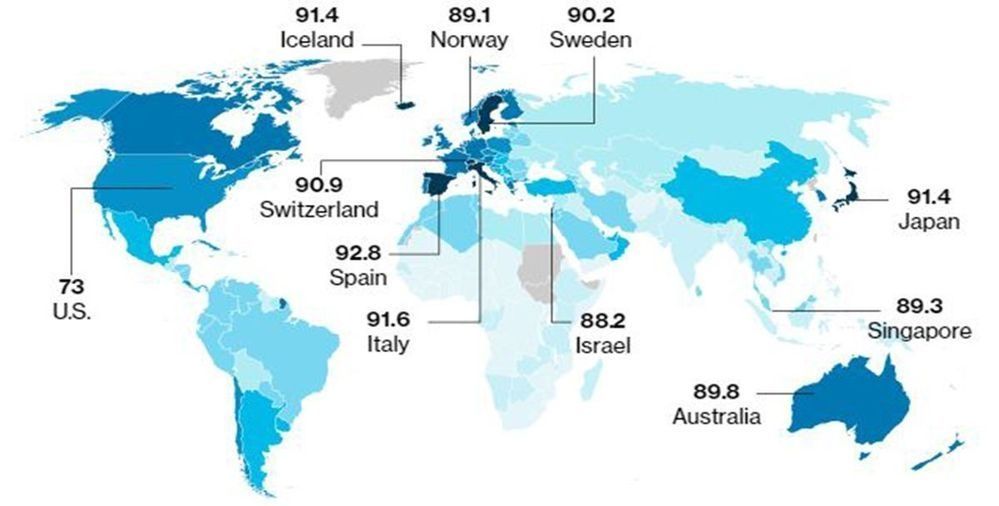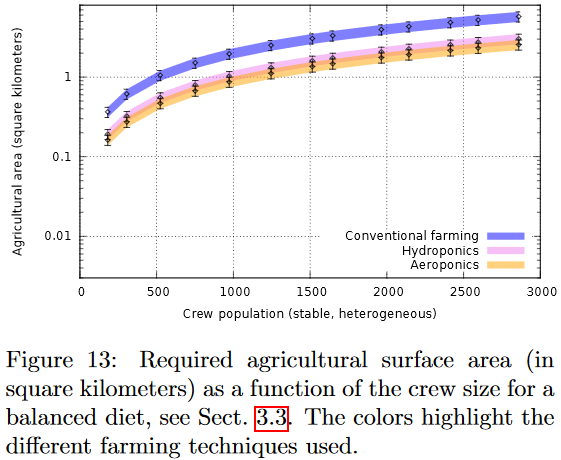Updated at 6:40 a.m. Friday
You might think the world’s biggest bee would be easy to find. But that’s not the case: Until recently, the last time anyone had reported seeing a Wallace’s giant bee living in the wild was in 1981. That changed in January, when the rare bee was spotted on an island of Indonesia.
The Wallace’s giant bee — Megachile pluto — towers over European honeybees. The female’s size has been recorded as at least an inch and a half long, with a tongue that’s nearly an inch long. Add to that a pair of gigantic mandibles, and it’s a bee like no other.








